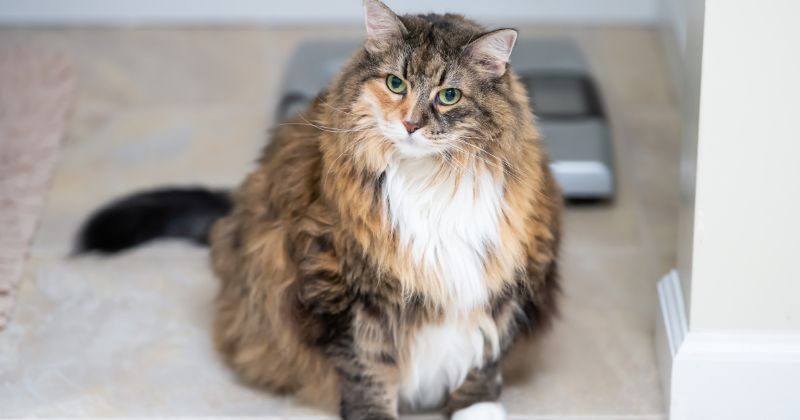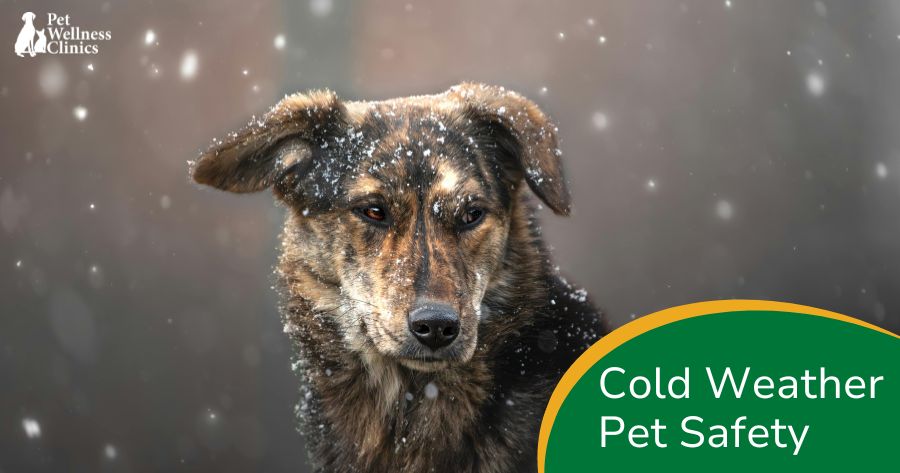
Most of us have heard the number of people classified as overweight or obese rises year after year. The sad reality is that this statistic is also reflected in our pets. The Association for Pet Obesity Prevention conducted a clinical survey in 2017 that showed that 56% of dogs and 60% of pets were considered to be above the healthy weight range, up 2% and 1% respectively on the previous year.
Exactly why our pets are now more likely to be overweight than before is not known, but experts believe that it is primarily due to a combination of human-driven factors. These include:
Essentially, the same things that are making humans overweight are also responsible for our pet’s excess bulk.
Unfortunately, being overweight is just as bad for your pet’s health as it is for your own. Your precious furbaby is more likely to suffer from a range of chronic and debilitating health issues, many of which require medication and management of the life long condition. Obesity can also shorten your pet’s lifespan considerably, meaning you could miss out on years of an already short time with your animal.
Other common pet health problems associated with being overweight or obese include:
The most reliable way of checking if your furbaby is overweight is arranging a visit with the veterinarian for an assessment of your pet’s weight and body condition. We will be able to tell you if your animal is in the healthy weight range, and if not, what you can do to help shift those extra pounds.
However, most pet owners look for signs that their pet might be overweight or obese and then arrange a veterinary check. So how can you tell if your pet is overweight just by looking at her?
While the ribs aren’t supposed to be prominent (this would be an indication of being underweight), you should be able to feel them fairly easily when you press gently against that area. If you can’t feel them easily, your pet is probably overweight.
Dogs and cats don’t have silhouettes quite like us, but they do still have a definite shape to them. You should be able to easily decipher your pet’s chest and a narrowed waist.
When we are overweight, we get out of breath easily. The same can be said for our pets. If your furry friend pants a lot, even when the temperatures are cooler, and seems to get out of breath quickly when playing games or on a walk, chances are your pet is overweight.
Dogs are energetic creatures, and while cats can be lazy, they are extremely agile when they want to be. If your pet is struggling to move around easily it could be because excess weight is hampering them.
All animals enjoy grooming themselves and spend at least several hours a day doing so. However, if your furbaby is struggling to reach all body parts, extra weight may be complicating their grooming routine.
If you are concerned about your pet’s weight, our experienced and dedicated veterinarian would be happy to give your pet a thorough assessment. If found to be overweight or obese, our experienced veterinary team would be delighted to recommend a weight loss program that is tailored specifically to the needs of your pet. Call our office today to schedule an appointment.
.png)

